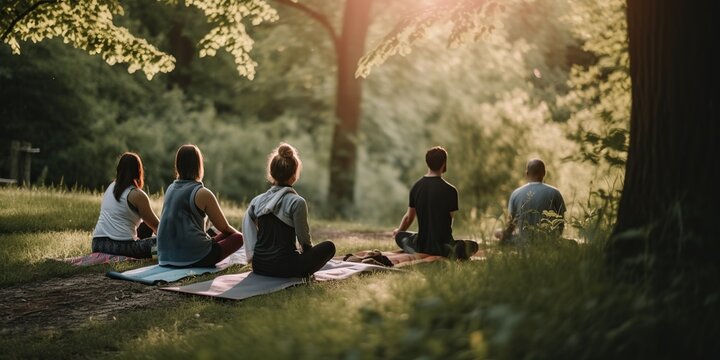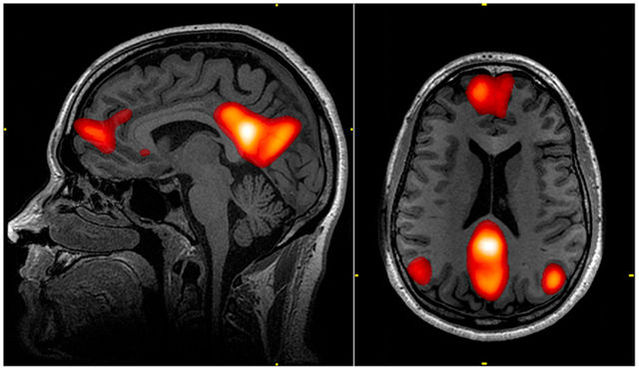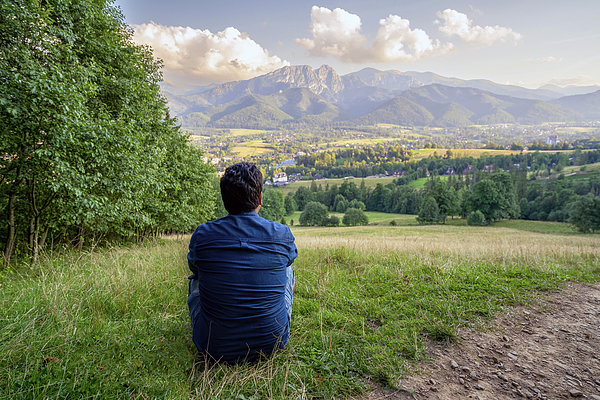
Introduction
Welcome to the age of mindfulness, where the hustle and bustle of modern American life are met with a serene counterbalance. Mindfulness, once a practice reserved for Buddhist monks and spiritual seekers, has now become a mainstream phenomenon, captivating the hearts and minds of millions across the nation. In this article, we'll embark on a journey to explore the transformative power of mindfulness in unlocking inner peace and well-being.
The Roots of Mindfulness
To truly understand mindfulness, we must journey back to its roots, nestled deeply in the rich tapestry of Eastern philosophy and wisdom. Originating from ancient Buddhist traditions, mindfulness, or "sati" in Pali, found its essence in the teachings of Siddhartha Gautama, the Buddha. It was through his profound insights into the nature of human suffering and the path to liberation that mindfulness emerged as a cornerstone practice for awakening.

Mindfulness in Modern America
Fast forward to the present day, and mindfulness has transcended its cultural and religious origins to become a ubiquitous presence in modern American society. From classrooms to boardrooms, hospitals to Silicon Valley tech giants, the practice of mindfulness has permeated every facet of our lives. Its rise in popularity can be attributed to its universal appeal and its promise of inner peace and resilience in the face of life's challenges.

The Science Behind Mindfulness
But what exactly is the science behind mindfulness, and why has it garnered such widespread acclaim? Researchers have delved deep into the neurological and psychological mechanisms underlying mindfulness practice, uncovering a treasure trove of benefits for the mind, body, and soul. Studies have shown that regular mindfulness practice can lead to reduced stress, improved focus and attention, enhanced emotional regulation, and even structural changes in the brain.

Practical Techniques for Mindfulness
So, how can you incorporate mindfulness into your daily life? The good news is that you don't need to embark on a silent retreat or spend hours in meditation to reap the benefits of mindfulness. Simple practices such as mindful breathing, body scans, and loving-kindness meditation can be seamlessly integrated into your routine, allowing you to cultivate presence and awareness in every moment.
Overcoming Challenges
Of course, no journey towards inner peace is without its challenges. Many people may feel intimidated or skeptical about mindfulness, believing it to be too time-consuming or esoteric for their busy lives. However, with patience, persistence, and an open mind, anyone can embark on the path of mindfulness and discover its profound transformative potential.

Mindfulness and Inner Peace
At its core, mindfulness is not just about quieting the mind or achieving a state of blissful serenity; it's about coming home to ourselves and embracing the full spectrum of our human experience. By cultivating mindfulness, we learn to navigate the ups and downs of life with grace and resilience, finding refuge in the present moment amidst the chaos of the world around us.

Personal Stories and Testimonials
But don't just take my word for it. Countless individuals from all walks of life have experienced profound transformations through mindfulness practice. From veterans struggling with PTSD to corporate executives grappling with burnout, the power of mindfulness to heal and restore is undeniable. Their stories serve as a testament to the universal truth that inner peace is not a destination but a journey, and mindfulness is the key that unlocks its door.
Conclusion
In conclusion, mindfulness offers a pathway to inner peace and well-being in an increasingly chaotic and uncertain world. By honoring the roots of mindfulness, embracing its scientific benefits, and integrating practical techniques into our daily lives, we can embark on a journey of self-discovery and transformation. So, take a deep breath, ground yourself in the present moment, and let mindfulness be your guide on the path to inner peace.
FAQs
Q: Is mindfulness a religious practice?
A: While mindfulness has its roots in Buddhist traditions, it is not inherently religious. It has been secularized and can be practiced by people of all faiths or no faith at all.
Q: How much time do I need to dedicate to mindfulness practice?
A: You can start with just a few minutes a day and gradually increase as you feel comfortable. Even short, consistent practices can yield significant benefits.
Q: I'm always busy. Can I still practice mindfulness?
A: Absolutely! Mindfulness can be integrated into your daily activities, such as mindful eating, walking, or even driving. It's about bringing awareness to whatever you're doing in the present moment.
Q: I struggle with racing thoughts during meditation. Is that normal?
A: Yes, it's completely normal for the mind to wander during meditation. The key is to gently acknowledge the thoughts without judgment and bring your focus back to the present moment, perhaps by focusing on your breath or bodily sensations.
Q: Will mindfulness really help me find inner peace?
A: While mindfulness is not a panacea, many people find that it helps them cultivate a greater sense of inner peace and well-being by fostering self-awareness, acceptance, and resilience in the face of life's challenges.


0 Comments